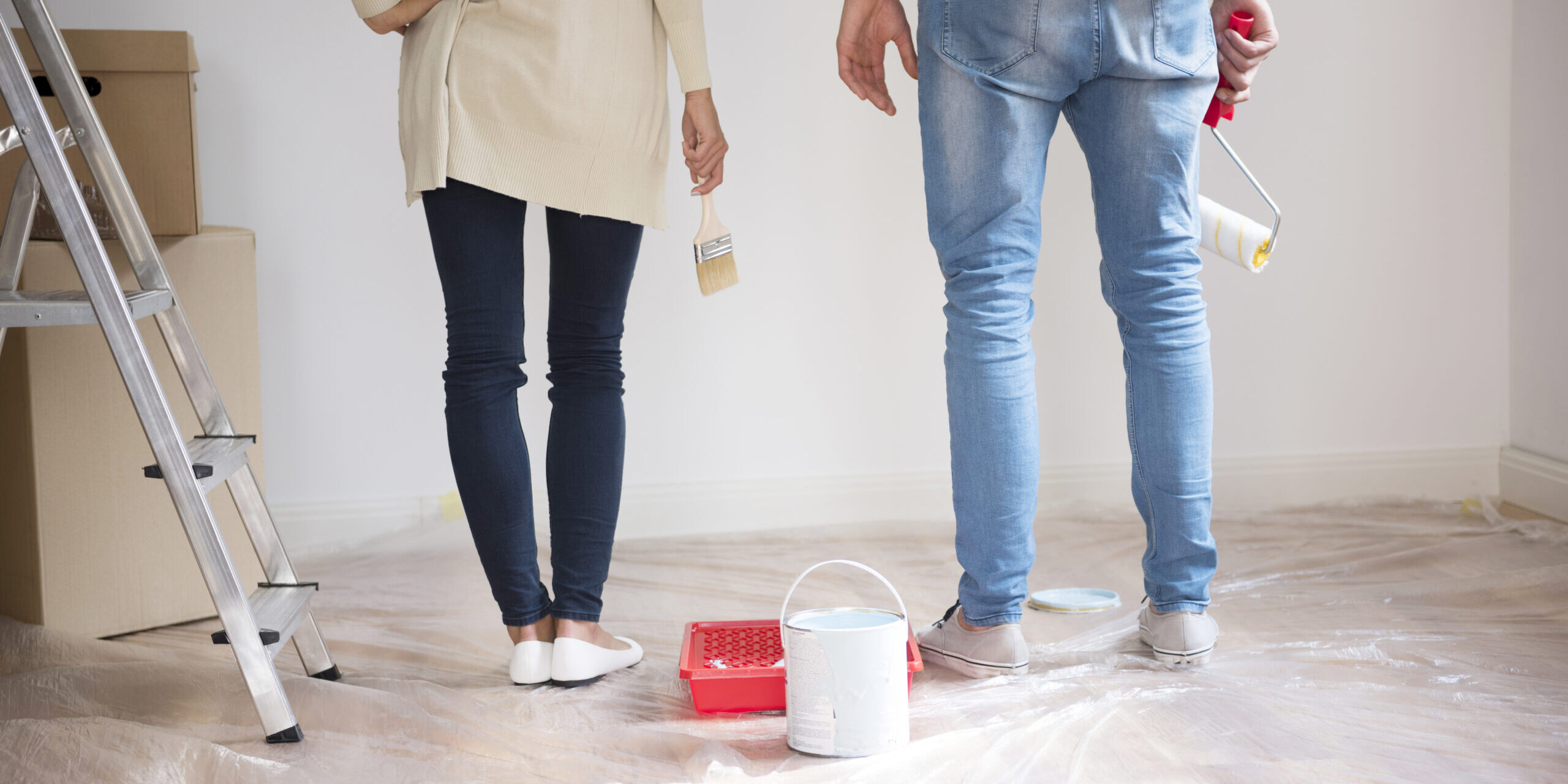A reform in a house or a rehabilitation of a room creates a lot of dirt. And whoever has done a work in his house knows what we are talking about.
The work carried out during the work leaves dust particles that float in the air and are deposited on most of the surfaces of the house. The dust covers the floors, furniture and walls and makes the area of the new construction, as well as the other rooms, very dirty. Therefore, if you carry out a work at home, it is mandatory to carry out an exhaustive cleaning of the work ofthe space.
Steps to follow to perform a correct cleaning after a work
Leaving everything in perfect condition after finishing a work is a task that requires organization and the use of products, utensils and machines appropriate for it. Elements such as dust, plaster, paint or debris are accumulating in any corner of all corners.
For this reason and thinking of facilitating this work, we have compiled a series of steps and useful tips that following them, will make you obtain a correctresult.
Pre-construction cleaning tips
To avoid stains on furniture and belongings that do not disturb the room or that cannot be moved, the ideal is to cover them with a plastic or fabric. Remove items you can easily move to a safe room and cover frames and windows with electrical tape.
On the other hand, it is not advisable to do partial cleanings during the duration of the reform, because you will probably get frustrated when you see that at the end of the day everything will be the same again. What you can do is clean the rooms in which the works have already been completed, even if the reform continues in another room.
Cleaning the house after a step-by-step construction site
- Remove all the protective elements that you have put to protect furniture, windows, doors …
- Remove dust with the help of a vacuum cleaner, a microfiber cloth and a brush (depending on the area to be cleaned)
- To clean the walls and ceilings wait until the paint is well dried. Carefully pass a damp cloth or mop and a neutral soapy product that does not damage the paint. Follow this process as if the wall were the floor or a countertop. When you finish an area, rinse the cloth in clean water, drain it as much as possible, and continue cleaning until the ceiling and walls are free of dust.
- To remove the most difficult stains on floors and walls, such as cement or plaster, you should use specific cement remover or descaling products. The most important thing is to do it as soon as possible so that these remains do not dry out and are even more difficult to remove. For other types of stains you may be interested in trying the advantages of steam cleaning.
- Clean the crystals with a cloth and specific product for crystals for best results.
- To clean furniture and exhibits, use another cloth or cloth moistened with a mixture of detergent and water. In this step it is essential to rinse the cloth every time it looks dirty, so as not to drag dirt from one object to another.
- Once the general dirt that the work has generated has been removed, you must do a traditional deep cleaning. Reorganize and clean furniture, vacuum the floor, mop the floor with the right products, etc.
In case you do not have the time and / or resources to carry out a correct cleaning of work, you can rely on a professional cleaning company, who will take care of leaving your home ready to enjoy.







